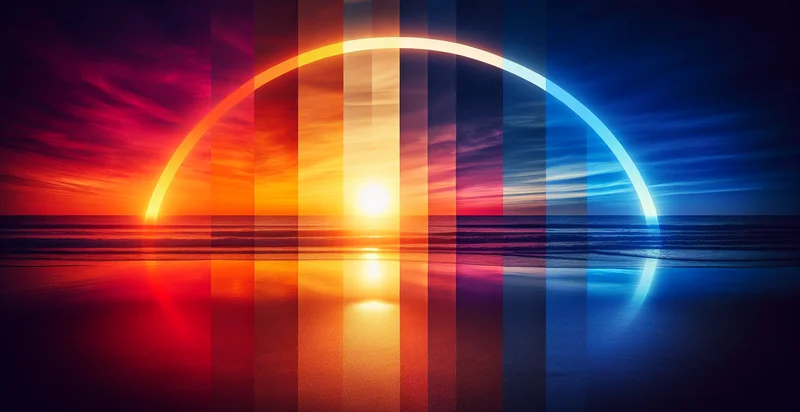Identify light temperature
using AI
Below is a free classifier to identify light temperature. Just upload your image, and our AI will predict the optimal light temperature for your specific environment - in just seconds.

Contact us for API access
Or, use Nyckel to build highly-accurate custom classifiers in just minutes. No PhD required.
Get started
import nyckel
credentials = nyckel.Credentials("YOUR_CLIENT_ID", "YOUR_CLIENT_SECRET")
nyckel.invoke("light-temperature", "your_image_url", credentials)
fetch('https://www.nyckel.com/v1/functions/light-temperature/invoke', {
method: 'POST',
headers: {
'Authorization': 'Bearer ' + 'YOUR_BEARER_TOKEN',
'Content-Type': 'application/json',
},
body: JSON.stringify(
{"data": "your_image_url"}
)
})
.then(response => response.json())
.then(data => console.log(data));
curl -X POST \
-H "Content-Type: application/json" \
-H "Authorization: Bearer YOUR_BEARER_TOKEN" \
-d '{"data": "your_image_url"}' \
https://www.nyckel.com/v1/functions/light-temperature/invoke
How this classifier works
To start, upload your image. Our AI tool will then predict the optimal light temperature for your specific environment.
This pretrained image model uses a Nyckel-created dataset and has 16 labels, including Artificial, Bright, Cool, Daylight, Dim, Evening, Harsh, Moderate, Morning and Natural.
We'll also show a confidence score (the higher the number, the more confident the AI model is around the optimal light temperature for your specific environment).
Whether you're just curious or building light temperature detection into your application, we hope our classifier proves helpful.
Related Classifiers
Need to identify light temperature at scale?
Get API or Zapier access to this classifier for free. It's perfect for:
- Energy Management Optimization: The light temperature identifier can be used in smart buildings to optimize energy consumption by detecting light conditions in real-time. By adjusting artificial lighting to complement natural light, businesses can reduce overall energy costs and create a more comfortable environment.
- Quality Control in Manufacturing: In manufacturing processes, light temperature can impact color perception and product quality. By integrating this identification function, companies can automate quality control, ensuring that products maintain color accuracy and meet specifications during production.
- Digital Marketing Targeting: Retailers can use light temperature identification in digital marketing campaigns to analyze the ambiance in stores or display settings. Understanding how different light temperatures influence consumer behavior can help tailor marketing strategies and enhance customer engagement.
- Artistic Lighting Design: Lighting designers can leverage the light temperature identifier to create optimal lighting conditions for galleries, exhibitions, and performances. By ensuring ideal light temperatures, they can enhance the perception of artworks and create immersive experiences for viewers.
- Agricultural Monitoring: In agriculture, the light temperature can affect plant growth and health. By utilizing the identifier, farmers can assess the light conditions in greenhouses or fields, enabling them to make informed decisions about lighting setups or adjusting planting schedules for optimal yield.
- Photography Enhancement: Photographers can use this function to assess and adjust light conditions in their environments before capturing images. By understanding light temperature, photographers can select the right camera settings and equipment to ensure that the colors in their photos are vibrant and accurate.
- Smart Home Automation: A smart home system can incorporate the light temperature identifier to adjust indoor lighting automatically based on the time of day or activities. This functionality enhances home comfort by ensuring that lighting conditions are ideal for different tasks, from reading to relaxing.


